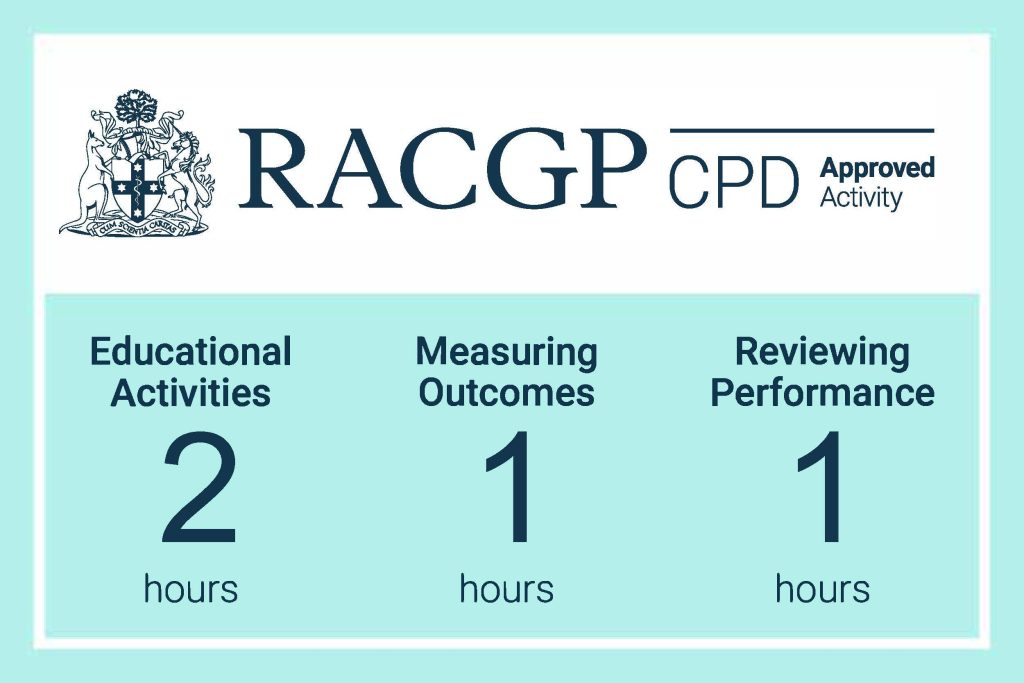Articles / Progesterone, unscheduled bleeding & MHT

0 hours
These are activities that expand general practice knowledge, skills and attitudes, related to your scope of practice.
0.5 hours
These are activities that require reflection on feedback about your work.
0 hours
These are activities that use your work data to ensure quality results.
These are activities that expand general practice knowledge, skills and attitudes, related to your scope of practice.
These are activities that require reflection on feedback about your work.
These are activities that use your work data to ensure quality results.
Prescribing rates for menopause hormone therapy (MHT) are rising in many countries, especially the UK, USA and Australia—and in the UK, this has come with a documented rise in the number of women sent for investigations for unscheduled post-menopausal bleeding—prompting new guidance from the British Menopause Society (BMS).
MHT prescribing increased by 35% in 2021-2022 from the preceding year in the UK. “In parallel with this increase in prescribing, there has been a rapid rise in unscheduled bleeding on hormone replacement therapy and a 43% increase, over the past three years, in referrals to the Urgent Suspicion of Cancer Pathway,” the BMS explained.
Is a similar pattern occurring in Australia?
“Anecdotally, yes, but no hard data,” says Rod Baber, clinical professor of obstetrics and gynaecology at the University of Sydney, and head of the menopause and menstrual disorders clinic at Royal North Shore Hospital.
One possible reason for the rising numbers of women experiencing unscheduled bleeding is the trend away from synthetic progestins to ‘body identical’ progesterone. While the body identical versions are thought to have a better safety profile for breast cancer than their synthetic counterparts, they may not be as effective at endometrial protection.
“Progesterone does not have the same antiproliferative effect as many of the synthetic progestins,” Professor Baber says. “That’s why standard doses of progesterone are 100mg or 200mg compared to 2.5-10mg of medroxyprogesterone acetate (MPA) or 1.25-5mg Norethisterone acetate (NETA).”
“However, we do know that the recommended doses of progesterone provide endometrial protection for the low to medium doses of estrogen recommended for women. For example, 1-2mg estradiol, 50ug patch or less, 2 pumps estrogel or less, 1 sandrena sachet or less, premarin 0.625 or less,” he adds.
Progestogen is the umbrella term for both synthetic progestins and ‘natural’ or ‘body/bio identical’ progesterone. It is the name given to any steroid hormone that attaches to or activates the progesterone receptor, including natural progesterone and all the synthetic progestogens, which to make things more confusing, are called progestins.
While the recommended progesterone doses are appropriate with moderate estrogen doses, there has been a trend toward prescribing higher estrogen doses, which is likely another contributing factor, according to Professor Baber.
“There is a movement towards prescribing higher estrogen doses, based largely on UK opinion leaders and not on science,” he says.
Some women do require higher than average doses of estrogen to alleviate their menopausal symptoms, he says.
He notes that a small number of women do not absorb transdermal estradiol as well as others and, for these women, serum estradiol levels will be lower than expected when measured.
“In other words, we know average levels for each transdermal E2 dose, but there is substantial individual variation,” Professor Baber says.
However regardless of the route of administration, some women on high doses of estrogen do have considerably higher serum estradiol levels than what you see with standard dose estrogen therapy, and there is a concern that, unless progestogen doses are appropriately adjusted, this could increase their risk of hyperplasia and subsequently, endometrial cancer, Professor Baber explains.
These factors have prompted the BMS to recommend considering increasing progesterone doses when higher doses of estrogen are used, to ensure adequate endometrial protection.
For example, for women using cyclical MHT regimens, the BMS suggests increasing the dose of micronised progesterone from 200 mg to 300 mg for 12 days. For women on continuous regimes the BMS suggests increasing the dose from 100 mg to 200 mg daily.
However, Australasian Menopause Society president and New Zealand-based obstetrician and gynaecologist Dr Sylvia Rosevears says the standard AMS advice is not to increase the micronised progesterone dose with higher doses of estrogen unless the person bleeds, in which case it can be increased to 200 mg for continuous MHT, or 300 mg for 12 days.
Professor Baber agrees. “Unless bleeding occurs either out of cycle with sequential regimens or is prolonged or heavy, dose adjustment is not necessary,” he says.
“All progestogens, whether synthetic or natural, will be effective for endometrial protection provided the right dose is taken for the appropriate duration. Current advice favours progesterone over synthetics but there will be times when one or the other is favoured,” Dr Baber says.
For example, for continuous MHT another option would be to trial a 52ug progestogen IUD (Mirena) even though “limited data suggests progesterone is still safer in the long term than Mirena which contains levonorgestrel. However, Mirena is still a reasonable short term (<5 years) option,” he says.
The BMS has also recommended changes to the initial management of patients with unscheduled bleeding. Instead of referring them for an ultrasound and possible hysteroscopy depending on what the ultrasound revealed, they now recommend changing the dose first to see if the issue resolves itself over the next three months.
However, Professor Baber suggests these changes may be more about cost saving than best practice—at least in some cases.
“I think it is reasonable to consider a trial of a higher dose of progesterone if some breakthrough bleeding occurs early in the use of MHT. However, in women who have been on the same dose of estrogen and progesterone for a long time and then bleed, further investigation, initially ultrasound assessment of the endometrium and then if thickened hysteroscopy should be performed as first line treatment,” he says.
“We cannot change good medical practice to assists an underfunded NHS,” he adds.
He also notes that “as is the case for women not taking any MHT, some women will bleed using moderate doses and must be investigated following the usual rules,” he adds.
Dr Rosevears recommends checking adherence when assessing unscheduled bleeding – but adds that a comprehensive investigation is important.
“It is always worth checking that compliance isn’t an issue to cause irregular bleeding either by missing a dose or incorrect application of a transdermal oestrogen patch,” she says.
“All post-menopausal bleeding should be investigated with a clinical examination, an ultrasound scan for endometrial thickness plus a co-test and STI screening.”
It’s also not yet known how higher doses of progesterone could impact breast cancer risk, and there’s still a lot to learn about the safety and effectiveness of progesterone at different doses, but Professor Baber says a trial is in the works in Australia to accumulate more data.
The Australasian Menopause Society is watching this space.
“At present AMS is keeping our finger on the pulse of the research in the area and will review the current advice on equivalent doses of Prometrium/Utrogestan to go with medium and high doses of oestrogen if the evidence suggests it is needed,” Dr Rosevears says.
Based on this educational activity, complete these learning modules to gain additional CPD.

Menopausal Hormone Therapy - What Dose of Estrogen is Best?

Cardiovascular Benefits of GLP1s – New Evidence

Oral Contraceptive Pill in Teens

RSV and the Heart

Modified but kept in place
Eliminated entirely without replacement
Maintained as is
Completely replaced with an alternative system
Listen to expert interviews.
Click to open in a new tab
Browse the latest articles from Healthed.
Once you confirm you’ve read this article you can complete a Patient Case Review to earn 0.5 hours CPD in the Reviewing Performance (RP) category.
Select ‘Confirm & learn‘ when you have read this article in its entirety and you will be taken to begin your Patient Case Review.
Menopause and MHT
Multiple sclerosis vs antibody disease
Using SGLT2 to reduce cardiovascular death in T2D
Peripheral arterial disease
